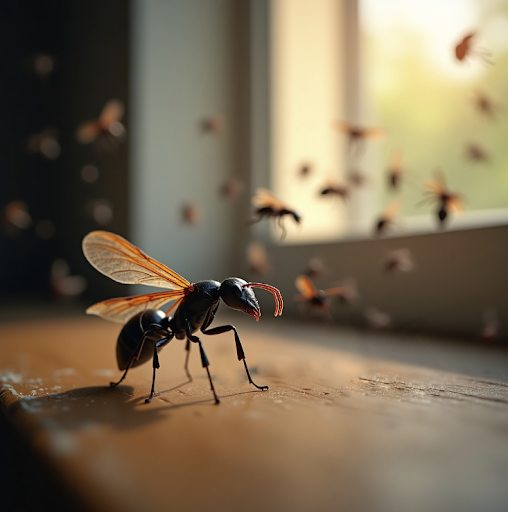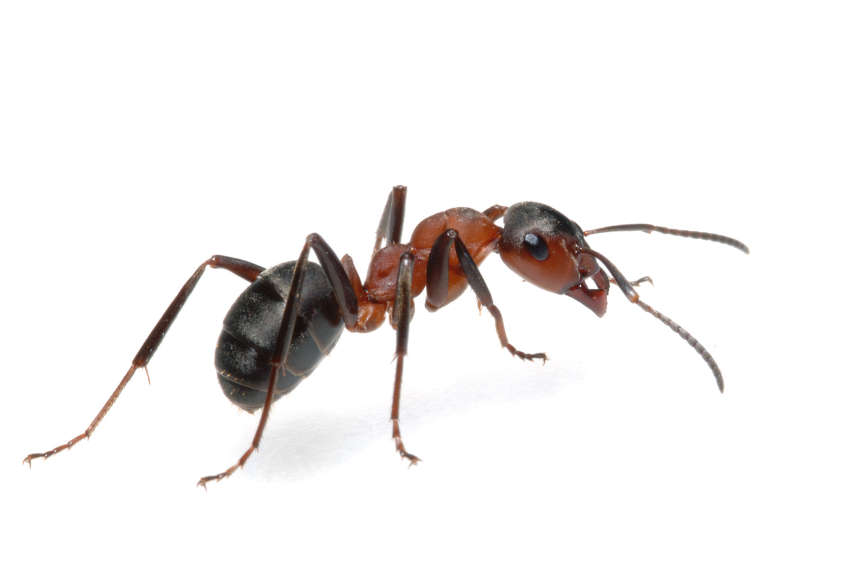Schools are considered sensitive locations where employees and students have no tolerance to pesticides or their residues. Therefore, the trend of adopting the Integrated Pest Management (IPM) strategy for dealing with unwanted pests at schools is widely experienced throughout North America.
First, let’s make sure to recognize that pesticides are powerful tools for managing pests. But, the careless use of pesticides could create health and environmental concerns. In order to reduce the risk of pesticide drift and exposure, pesticides need to be applied carefully according to label directions and in a way to minimize the risk to non-target organisms and the environment. The integrated pest management (IPM) program is the best long-term solution to reduce the hazards associated with pesticide use.
Simply, an IPM strategy is an ecological-based strategy that maximizes the use of non-chemical pest management tactics and reduces the use of chemical options. IPM mainly uses multiple practical methods to remove or reduce all of food, water and shelter sources available to pests. These methods may integrate preventive measures such as sanitation, exclusion and habitat modification followed by (if needed) physical remediation methods such as mechanical removal or destruction of the pest. If above methods alone prove insufficient to solve a pest problem, the IPM program will eventually evolve to meet those challenges by using other pest remediation tactics, including the judicious use of pesticides.
The goal of the IPM in schools is to reduce the students and staff exposures to pesticides, as well as to provide pest free environments. However, in order to achieve this goal, the following IPM school principals need to be carried out:
1. Apply inspection and monitoring practices in a regular
basis.
2. Implement non-chemical methods as front-line solutions. These
include, but are not limited to, prevention methods (i.e.,
sanitation, exclusion, pest habitat’s removal/modification) and
physical pest management approaches (i.e., vacuuming, heat
treatment, moisture removal).
3. Only as a last resort, use selective least toxic pesticides that
cause low risks to human health and have no or minimal impact on
the indoor and outdoor environments.
4. Provide ongoing education and training programs for staff and
students. These seminars should comprise various aspects of IPM,
especially on pest sighting procedures, good sanitation hygiene,
and exclusion tactics.
5. Establish a well-developed communication system between the
school pest management personnel and the pest management
professional (PMP).
6. Always provide posting notice before treatment.
7. Establish a well-maintained record-keeping system that includes
inspection reports, pest-sighting logs, pesticide usage reports,
etc. This information is important not only to justify budget
requests for pest management services, tools and materials, but
also to enable the school’s pest management in charge and the PMP
to expect conditions that prompt pest problems and thus prevent
them from occurring or manage them before they become problems.




